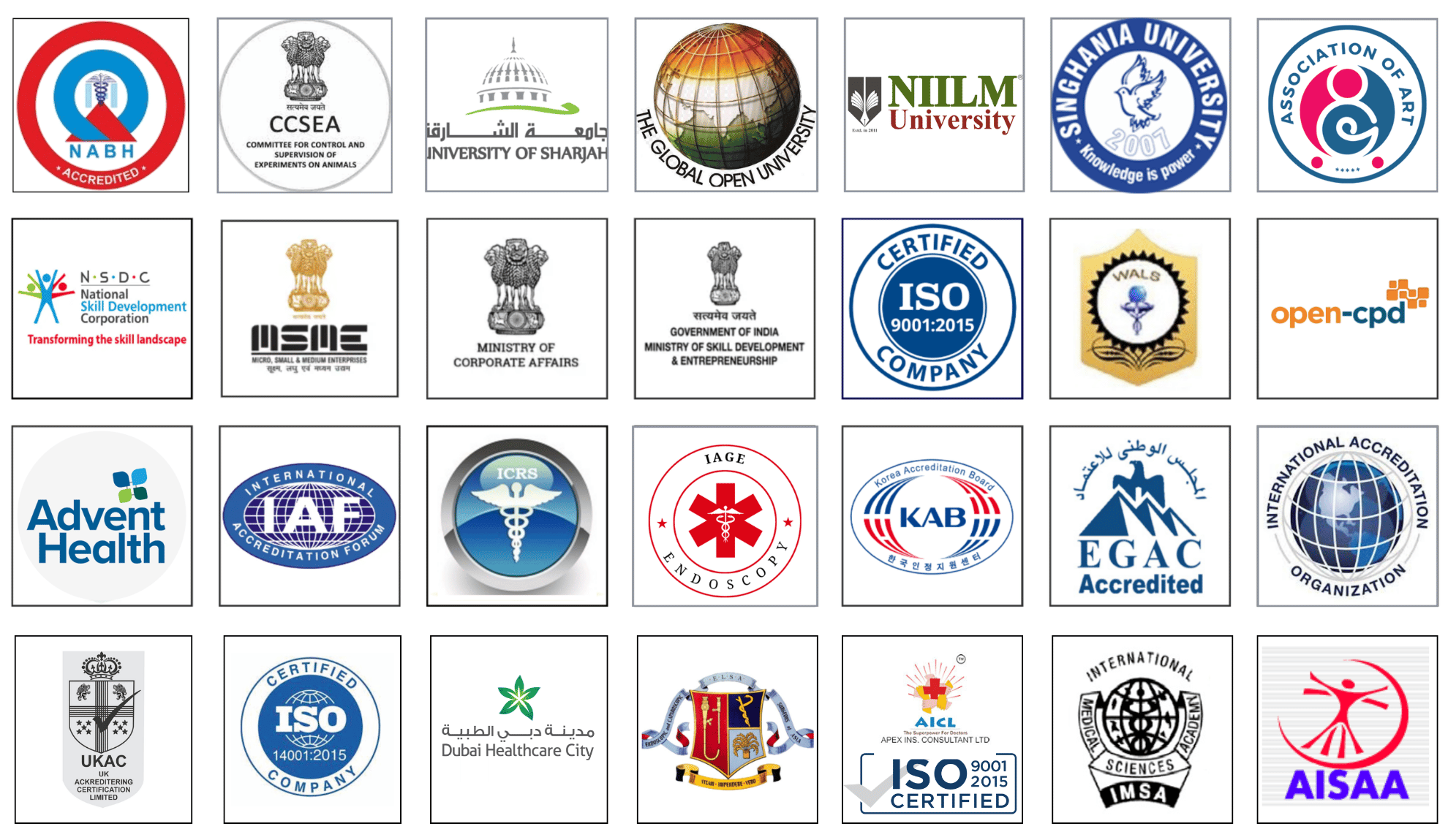Laparoscopic Cholecystectomy at WLH: Skin to Skin, Step-by-Step Gallbladder Removal
Laparoscopic Cholecystectomy, commonly known as keyhole gallbladder removal surgery, has revolutionized the management of gallbladder diseases such as gallstones and chronic cholecystitis. At World Laparoscopy Hospital (WLH), this procedure is performed using a highly structured, Skin to Skin approach, ensuring safety, precision, and minimal discomfort for patients. This essay outlines the significance, technique, and benefits of step-by-step gallbladder removal at WLH, a globally recognized center for excellence in minimally invasive surgery.
Introduction to Laparoscopic Cholecystectomy
The gallbladder is a small, pear-shaped organ located beneath the liver that stores bile, aiding digestion. When gallstones, infection, or inflammation affect this organ, surgical removal becomes necessary. Laparoscopic Cholecystectomy has emerged as the gold standard for this purpose, offering patients minimal scarring, faster recovery, and reduced post-operative complications compared to traditional open surgery.
At World Laparoscopy Hospital, surgeons follow a "Skin to Skin" method — a systematic, well-defined surgical process that starts from the very first skin incision and concludes with flawless skin closure. This method not only enhances surgical accuracy but also boosts patient outcomes and recovery.
Step-by-Step Gallbladder Removal at WLH
1. Preoperative Preparation:
Before surgery, patients undergo thorough clinical evaluations, laboratory tests, and imaging studies such as ultrasound. This helps in confirming the diagnosis and planning the surgical approach.
2. Port Placement and Access:
The surgeon begins by making a small incision near the umbilicus (navel) to introduce the first trocar. Carbon dioxide gas is insufflated into the abdomen to create space for safe maneuvering. Additional ports are placed for inserting the laparoscopic camera and surgical instruments.
3. Exposure and Identification:
The gallbladder is gently lifted to expose Calot’s Triangle, a critical anatomical area containing the cystic duct and artery. Achieving the Critical View of Safety (CVS) at this stage is crucial to prevent bile duct injury.
4. Dissection and Clipping:
Using precision instruments, the cystic duct and artery are carefully dissected and clipped. WLH surgeons emphasize meticulous technique to ensure these structures are securely sealed before being divided.
5. Gallbladder Separation and Removal:
The gallbladder is dissected from its attachments to the liver bed using electrocautery. Once freed, it is placed in a retrieval bag and extracted through the umbilical port, leaving minimal external scarring.
6. Inspection and Irrigation:
The surgical site is inspected for bleeding or bile leakage. Saline irrigation is performed to ensure the area is clean, promoting a smooth recovery.
7. Closure:
The carbon dioxide gas is released, and all port sites are carefully closed with absorbable sutures or skin adhesives, resulting in minimal scarring and excellent cosmetic outcomes.
Why WLH is a Global Leader in Laparoscopic Cholecystectomy
World Laparoscopy Hospital is renowned for its state-of-the-art facilities, experienced faculty, and commitment to surgical excellence. Some key highlights include:
✅ Internationally trained laparoscopic and robotic surgeons
✅ Strict adherence to global safety standards
✅ Advanced HD imaging and modern surgical instruments
✅ Emphasis on "Critical View of Safety" and systematic dissection
✅ Minimal post-operative discomfort and early patient discharge
✅ Comprehensive patient education and follow-up care
Conclusion
Laparoscopic Cholecystectomy at WLH, performed through a Skin to Skin, Step-by-Step approach, represents the highest standards in minimally invasive surgery. By combining world-class expertise with cutting-edge technology, WLH ensures that gallbladder removal is safe, effective, and patient-friendly. For individuals suffering from gallbladder-related issues, undergoing this procedure at WLH offers the dual benefits of clinical excellence and compassionate care, making it the preferred choice for patients from India and across the globe.
No comments posted...
| Older Post | Home |





